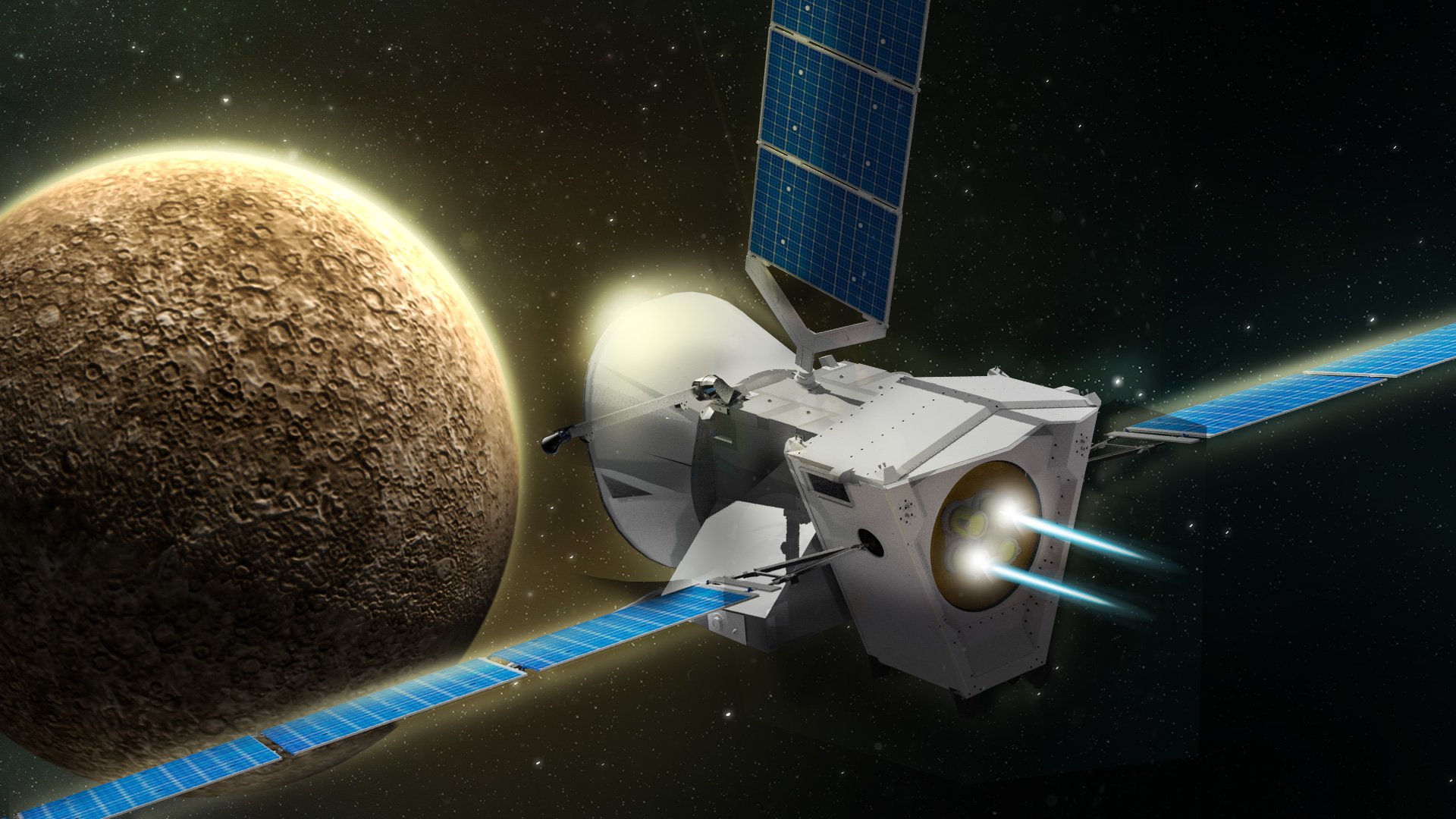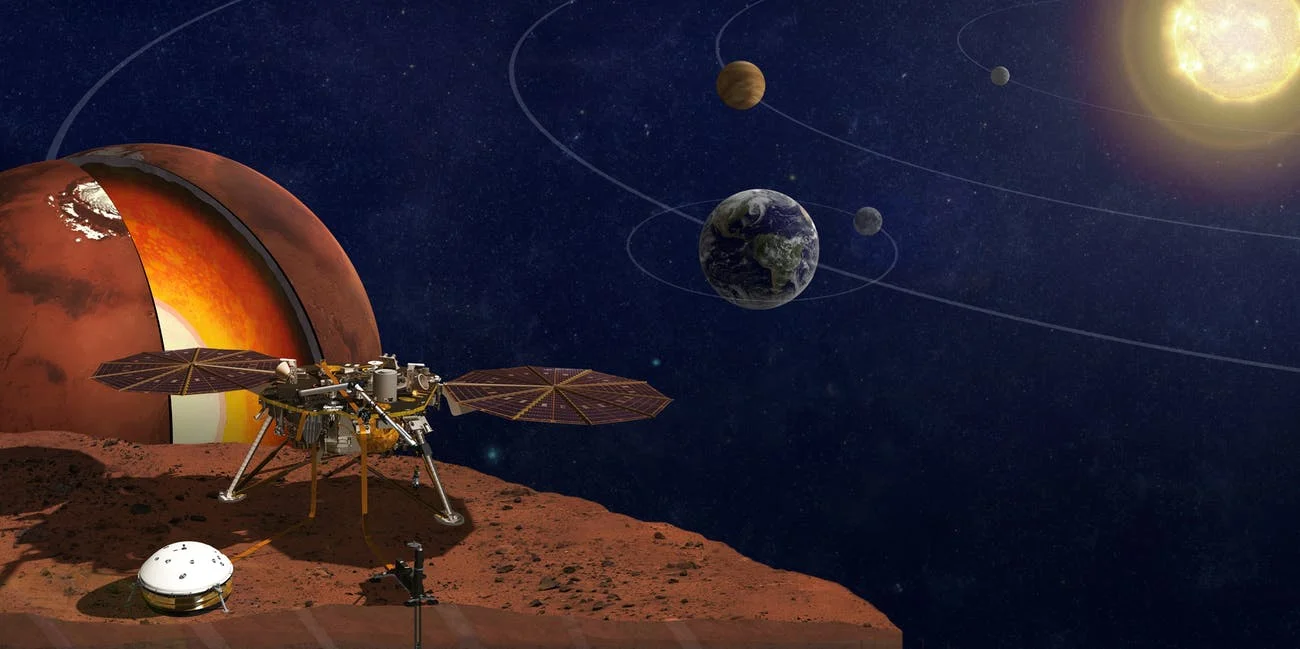What Exactly is the Mars InSight Mission?
We’ve sent plenty of spacecraft to explore Mars, so what exactly is the Mars InSight - landing on November 26, 2018 - designed to do, exactly?
InSight is the first mission to study Mars’ interior, which will help teach us about rocky planets like our own.
InSight stands for Interior Exploration using Seismic Investigations, Geodesy and Heat Transport. According to NASA-JPL:
InSight will take the "vital signs" of Mars: its pulse (seismology), temperature (heat flow), and its reflexes (radio science). It will be the first thorough check-up since the planet formed 4.5 billion years ago.
Up until now the only rocky planet we’ve ever been able to study deeply is Earth, which doesn’t give scientists much of a reference point for commonalities in similar planets. By studying Mars’ interior, we’re hoping to learn more about why Earth and Mars - who were created from the same materials - followed two different paths (one developed and sustained life).
InSight will help us learn about the formation of Mars -- as well as all rocky planets. Image Credit: NASA/JPL-Caltech
InSight will also try to detect marsquakes for the first time.
Yes, marsquakes. We know that earthquakes are caused by tectonic plates, however marsquakes may be a whole different ball game. Volcanism or meteor impacts may result in seismic waves which InSight will attempt to detect, making it the first attempt since the Viking mission. But this time, instead of having the seismometers on top of the spacecraft, InSight’s will be placed on the Martian surface. Scientists are anticipating that we may see anywhere from a dozen to one hundred marsquakes over the next two years.
How exactly is InSight going to land on Mars?
Great question, and luckily Emily Ladkawalla from the Planetary Society has gifted us with this detailed illustration:
Image Credit: Emily Ladkawalla for the Planetary Society
Anything else I should know?
In addition to the InSight lander, the rocket carrying it is also launching two mini CubeSat spacecraft known as Mars Cube One (MarCO) which will fly behind InSight. Their job is to send back data from the Martian atmosphere, and also serve as a guinea pig for CubeSats at other planets. If MarCO is successful, it could provide a new way of transmitting data back to Earth and could be used at other planets. These CubeSats, however, do not affect the success of the InSight mission. Just a bonus.
There are a lot of words here. Hasn’t someone just drawn pictures of what this mission is all about?
You’re in luck - The Oatmeal just released a comic that illustrates this very process. Check it out here.
Cool! What if I just want to watch the action?
Watch on NASA TV.
Watch NASA TV on USTREAM
Follow the mission and watch the landing on Twitter and Facebook.













